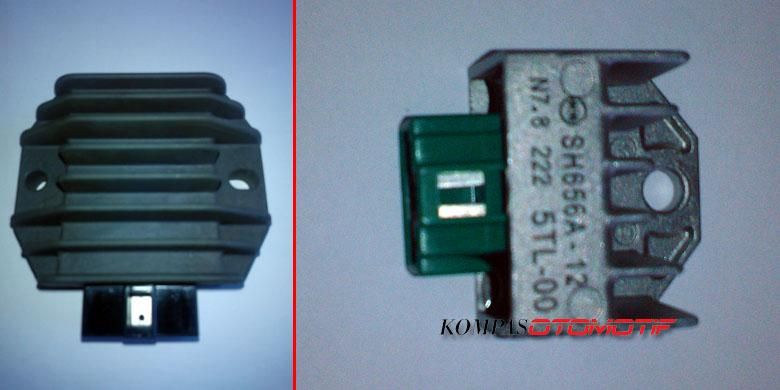

This paper presents a suggested improvement for these systems, systematically adding extra devices to reduce excess charges and heat and allowing the battery use at lower charges. It can also be overloaded or subjected to high temperatures, which affects its longevity. It can be quickly discharged when the renewable energy source is no longer present for a while. However, even by sizing all the system elements according to the needs and the available renewable energy, some failure occurs. Lead-acid batteries still have a significant share of this market due to the maturity of their technology. The battery remains the most deployed solution. To ensure operation for a substantial period, for applications with difficult physical access, a means of storing electrical energy must be included in the system.

The experiment results show that there is improvement of Cold Cranking Amps level, and charge time duration of the Lead Acid Battery after using our prototype.ĭevices operating in complete energy autonomy are multiplying: small fixed signaling applications or sensors often operating in a network. Voltage pulses will be applied on a commercial automotive battery to collect data, using a charger/Desulfator prototype based on a PCDUINO. In this paper, we study the effects of the recovery capacity of a Lead Acid Battery. Voltage pulse decompose the sulfate (PbSO4) attached to the electrode which is the main cause of the loss of capacity. A motor in idle or at low speed cannot charge the battery sufficiently. This is common with starter batteries in cars driven in the city with a load-hungry accessory. This phenomenon appears naturally at each discharge of the battery, and disappears during a recharge. Sulfation represents the accumulation of lead sulfate on the electrodes (lead plates). This technique is used to overcome the premature loss of battery capacity and speed up the process of charging and extend the lead acid battery life cycle 3 to 4 times compared with traditional charging methods using constant current. This paper studies the impact of Pulse Voltage as Desulfator to recover weak automotive Lead Acid Battery capacity which is caused by Sulfation.


 0 kommentar(er)
0 kommentar(er)
